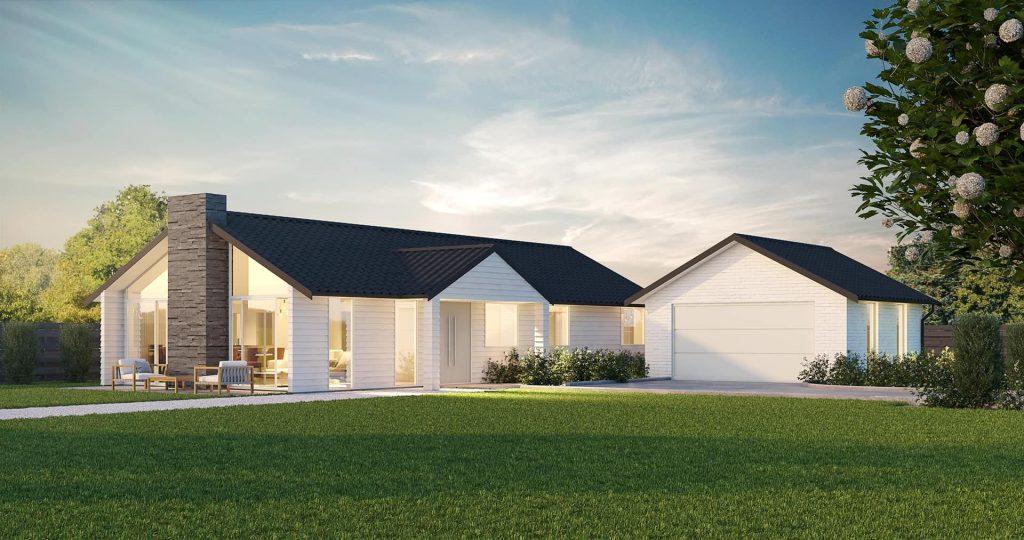In the world of architectural design, the Boston hip roof stands as a testament to both timeless beauty and practical functionality. Originating in the historic city of Boston, Massachusetts, this style of roof has become a beloved and iconic feature in homes across the United States. In this article, we’ll delve into the unique characteristics of the Boston hip roof, its advantages, and why it continues to capture the hearts of homeowners and architects alike.

Understanding the Boston Hip Roof
The Boston hip roof, also known as a hip roof or hipped roof, is a style characterized by its four sloping sides, which meet at a ridge or peak at the top. Unlike gable roofs, which have two sloping sides that meet to form a peak, this roof slopes on all four sides. This architectural marvel offers several notable features:
- All-Around Sloping: The defining feature of this roof is its all-encompassing slope. Each side of the roof slopes downward, creating a symmetrical and visually appealing structure.
- Eaves and Overhangs: Hip roofs often feature wide eaves and overhangs that provide both aesthetic charm and functional protection from the elements.
- Durability: Due to its sloping design, this roof is known for its durability and ability to shed snow, rain, and debris effectively.
Advantages
The Boston hip roof offers a range of advantages that have contributed to its enduring popularity:
- Aesthetic Appeal: The symmetrical design and gentle slopes of the hip roof provide a classic and timeless appearance that complements a variety of architectural styles.
- Weather Resistance: The sloping design allows for efficient runoff of rain and melting snow, reducing the risk of leaks and water damage.
- Stability: The triangular shape formed by the slopes adds stability to the structure, making it well-suited for regions prone to high winds and heavy storms.
- Space Utilization: Beneath a hip roof, the enclosed attic space provides generous storage or potential conversion into additional living areas, such as bedrooms or home offices.
Considerations When Choosing a Boston Hip Roof
When considering a Boston hip roof for your home, keep the following factors in mind:
- Architectural Style: While this roof complements various architectural styles, it may not suit all designs. Consider whether it aligns with the overall aesthetic of your home.
- Budget: Hip roofs can be more complex and labor-intensive to construct than gable roofs, potentially affecting the overall project cost.
- Climate: The effectiveness of a hip roof in shedding snow and rain makes it an ideal choice for areas with frequent inclement weather.
Conclusion: Timeless Elegance and Practicality
The Boston hip roof continues to captivate homeowners and architects with its timeless elegance and practical functionality. Its ability to blend seamlessly with various architectural styles, provide weather resistance, and create usable attic space makes it a preferred choice for many. When considering roofing options for your home, this roof is undoubtedly a design worth exploring, ensuring both aesthetic appeal and long-lasting durability for your residence.



Leave a Reply